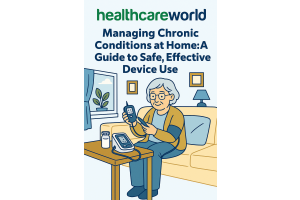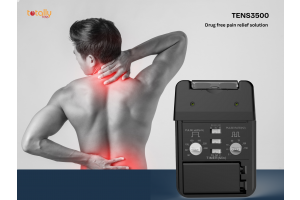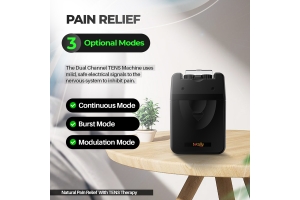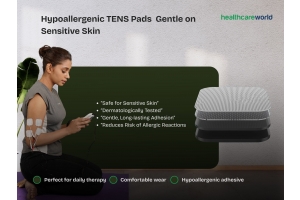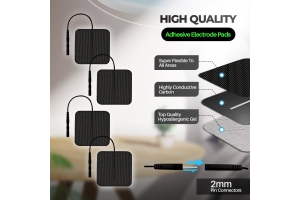We use cookies to make your experience better. To comply with the new e-Privacy directive, we need to ask for your consent to set the cookies. Learn more.
Natural Pain Relief Therapies
Pain Relief
Nowadays there are many recognised natural treatments for pain relief which can prove as effective as some traditional drug treatments. People with chronic pain can be reluctant to rely on drug treatments completely, as long term intake of painkillers can have unwanted side effects. Professionals who treat painful conditions such as Physiotherapists and Chiropractors have a wealth of specialist knowledge in this area and have been using complementary and alternative medicines to treat pain as standard for years. In my experience both Physios and Chiropractors tend to focus more on the causes of pain and the ongoing processes in the body which result in pain. This tends to result in improved outcomes as the underlying problem is tackled rather than the pain simply being controlled or muted. Having said that, it is important to have any new pain diagnosed by a qualified doctor, as pain is the body’s way of warning us of disease or injury.
Heat
Perhaps the oldest and simplest methods of pain relief are hot and cold treatments. Combined with modern day technologies hot and cold therapies are both common place and convenient. The traditional hot water bottle (which I still use) provides moist heat which can penetrate deeper than dry heat and is effective for longer. Wheat packs are cheap to purchase and easily heated in a microwave. Moist heat helps to relax muscles, reduce spasms, improve flexibility and alleviate pain. It works by increasing blood flow and circulation which brings oxygen and nutrients into the affected area. Obviously caution should be exercised to ensure the heat is not so excessive that it burns the skin.
Cold
Cold applications are more useful in acute injuries where it is beneficial to reduce inflammation and swelling. So for sprains and strains to reduce pain and bruising apply a cold pack to the affected area. A pack of frozen peas can be just as effective as a cold gel packs.
Acupuncture
Traditional Chinese Medicines such as acupuncture are also used by physiotherapists as a means of providing pain relief. The therapist inserts very fine needles into specific points of the body depending on where the pain is located. This is thought to stimulate the body’s own natural responses including the immune system, neurotransmitters and hormones which aids the healing process and reduces pain.
Electrotherapy
TENS - Transcutaneous Electrical Nerve Stimulation delivers electrical impulses through the skin. These impulses stimulate the sensory nerves which can help to block pain pathways and also prompts the body to produce endorphins which are the body’s natural pain killers. Hand held battery powered devices or TENS machines are widely available and although best used under the guidance of a trained therapist, they can be used effectively by individuals in the home.
A more detailed explanation of TENS therapy can be found here http://www.nhs.uk/conditions/tens/Pages/Introduction.aspx
Massage
Massage can help relieve pain in a number of ways. It stimulates blood flow and generates heat helping muscles relax and reduce tension. Also massage stimulates the body to produce natural pain killers and oxytocin which helps the body to feel calm and relaxed. Physiotherapists can use different massage techniques depending on the type of pain. In addition to this, beneficial massage creams and gels can also be used to enhance the overall therapeutic effect. Fisiocrem/ Solugel and Rubbeez contain herbal ingredients which have soothing and anti-inflammatory effects.



